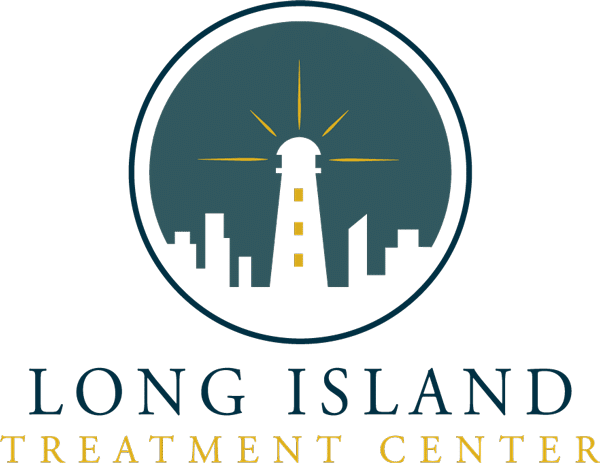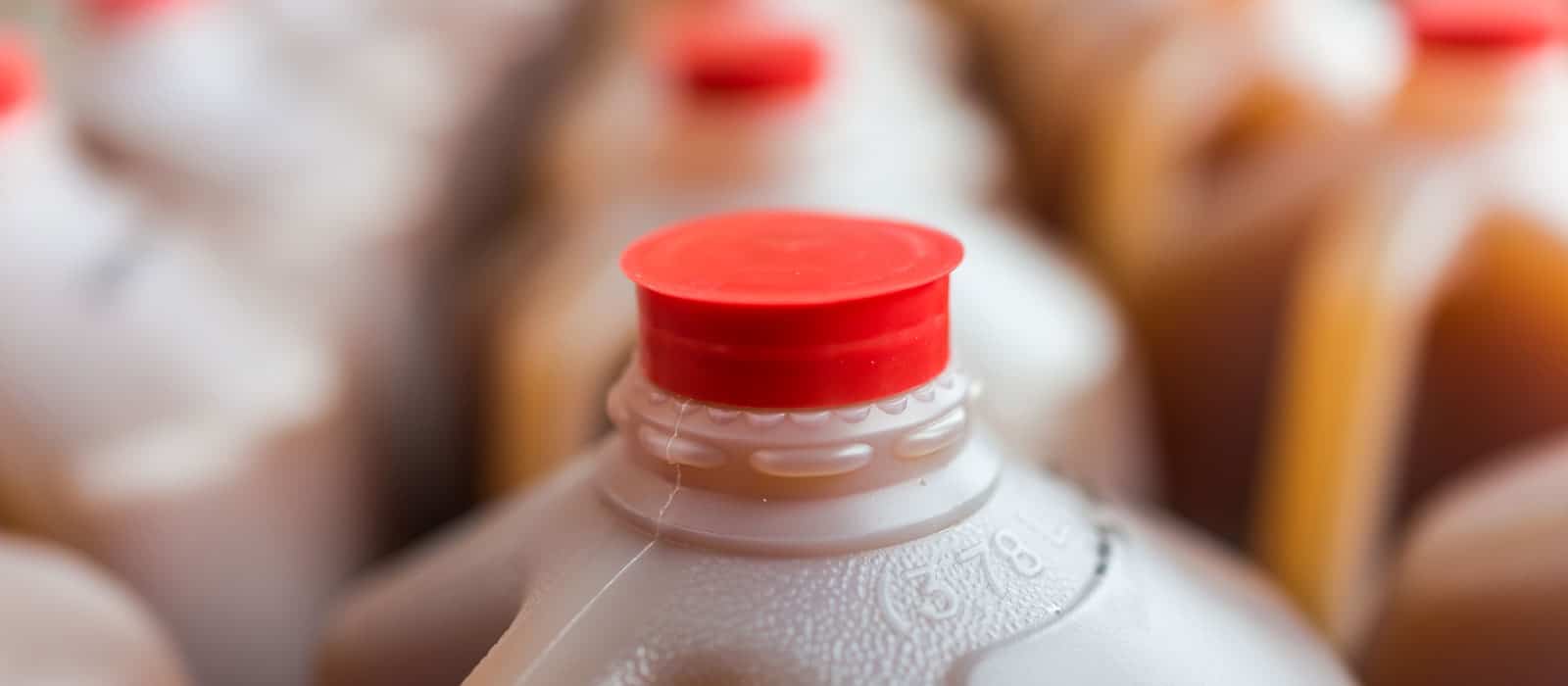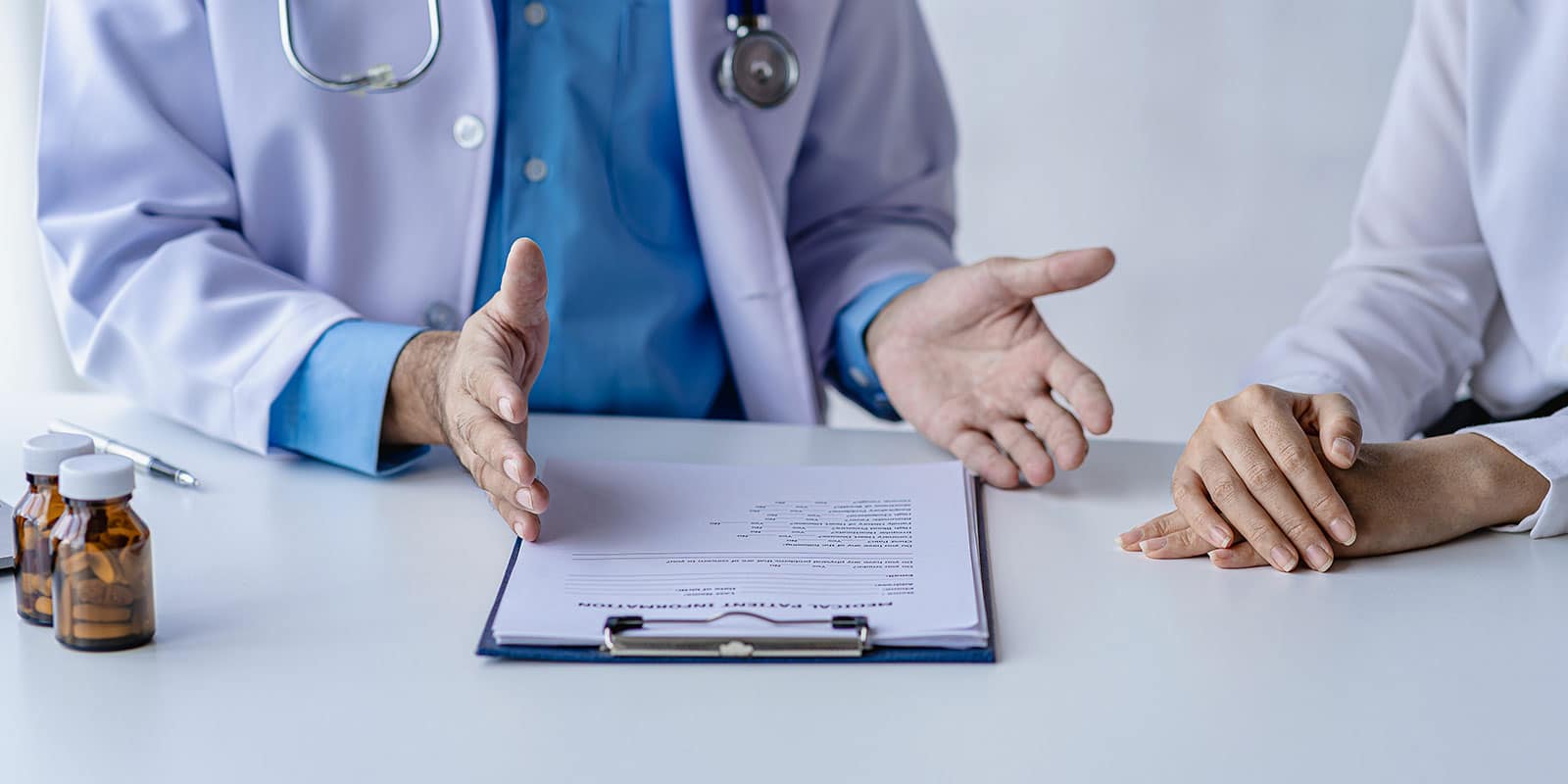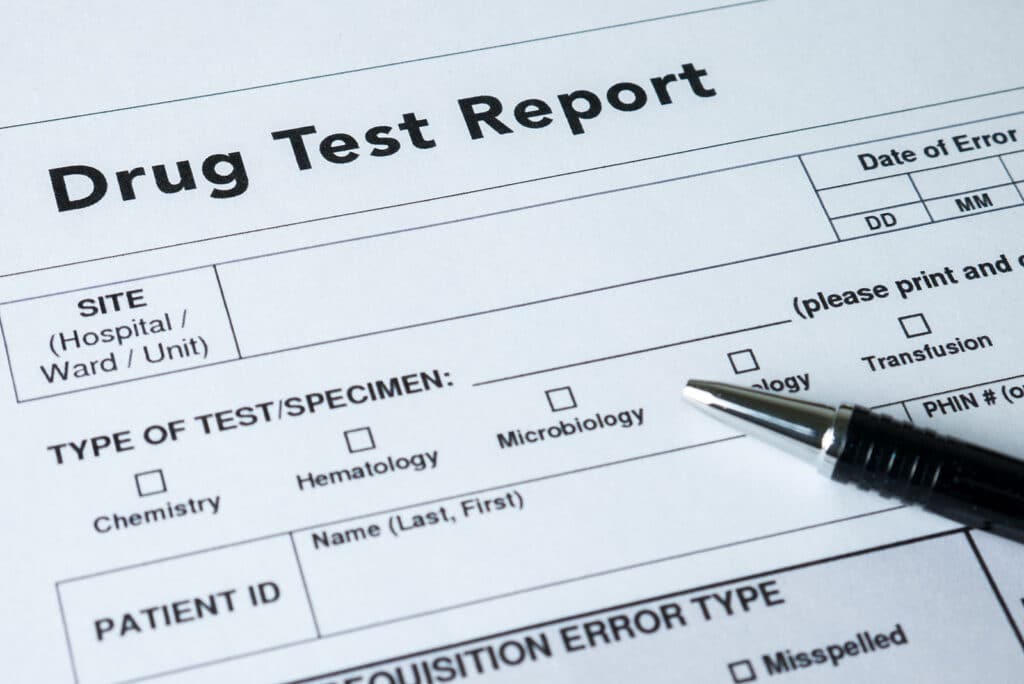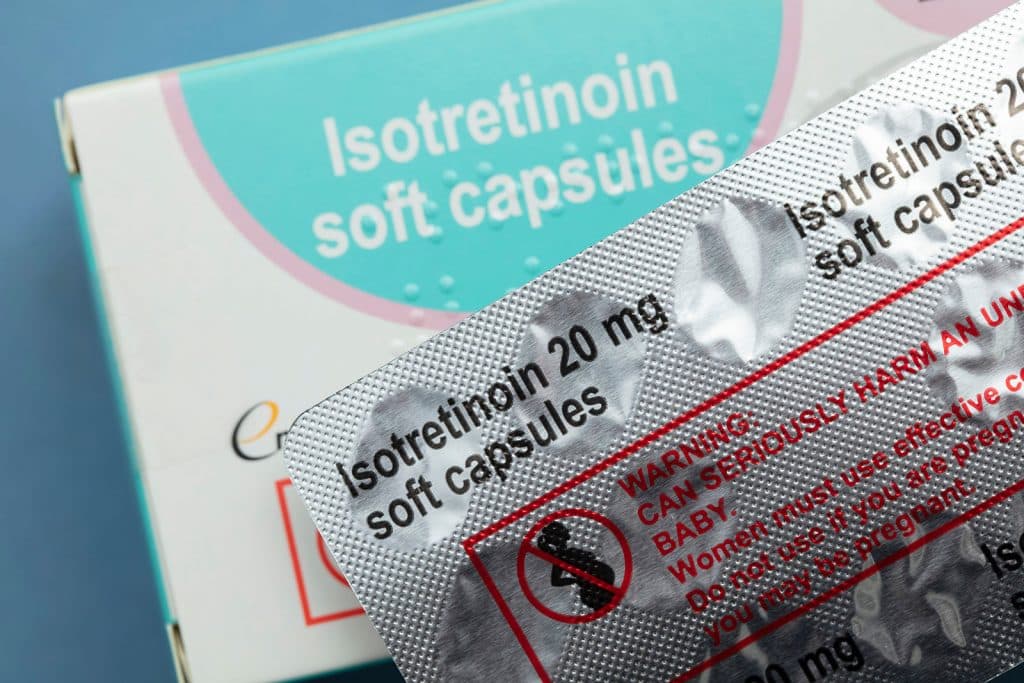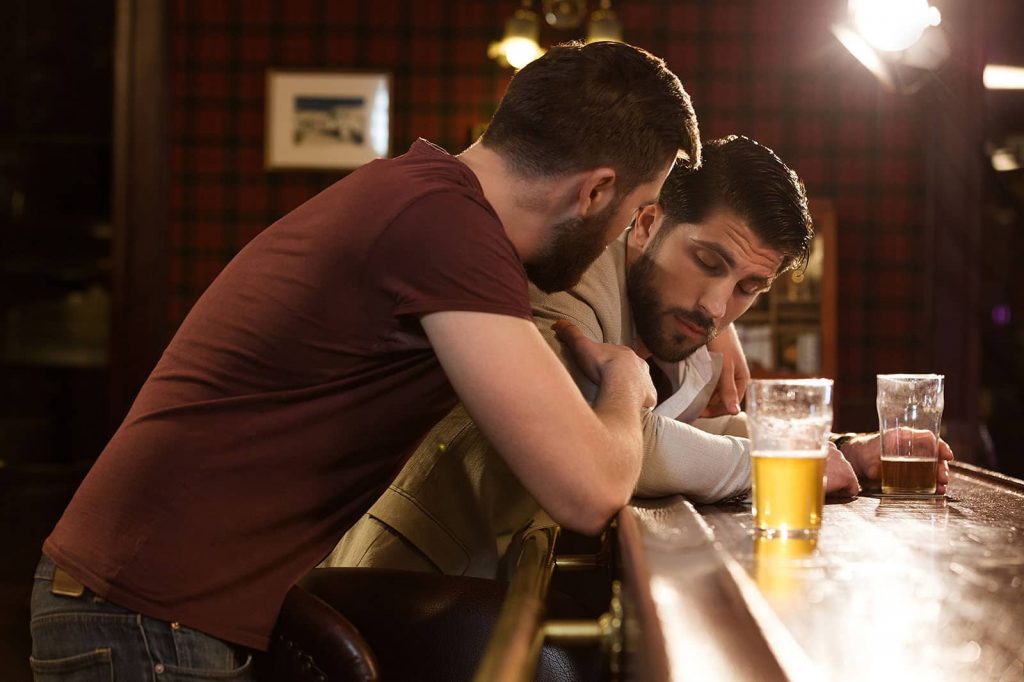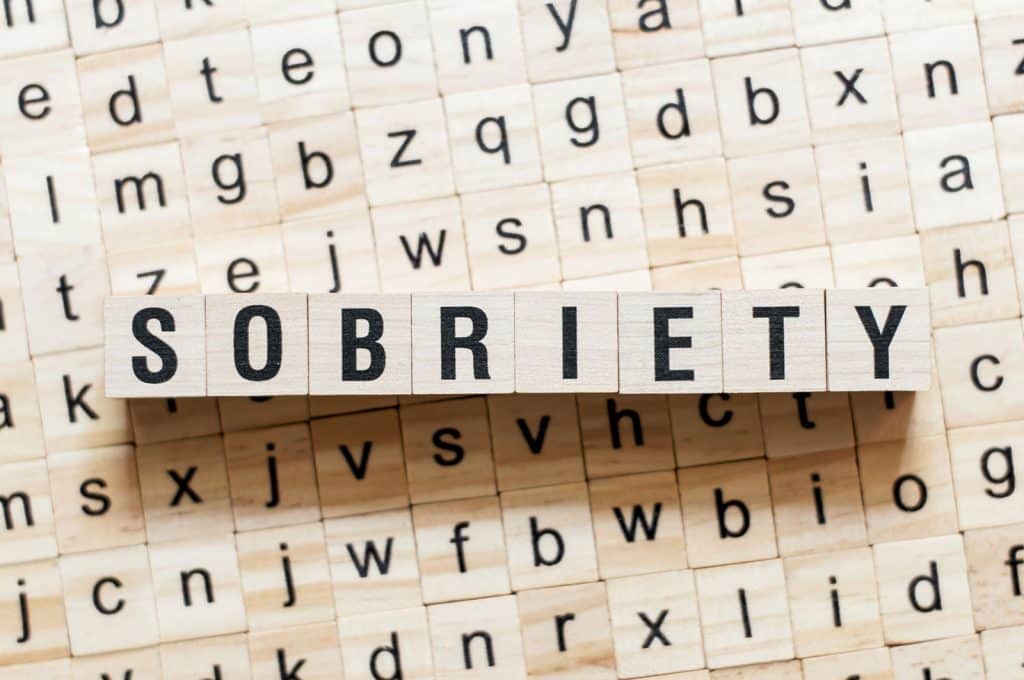A binge-drinking trend–Borg drinks, the latest social media trend today on Tiktok involving Gen Z, despite their obvious Star Trek reference, got their name from the phrase “blackout rage gallon”, where the idea is to mix alcohol with both flavored drink mixes like alcoholic beverages and electrolytes to make it both taste better due the flavor enhancer and to stave off the effects of mild alcohol withdrawal, which is also known as a hangover. The secondary idea is to create a specific name for each particular Borg drink. Each of these names should also involve a pun, and examples might include “Spongborg Squarepants,” “Borger King,” or “The Borgain Basement.” It has gained attention, both positive and negative, because of its novelty and its supposed benefits. Dr. Jill Grimes noted that the chief benefit is that people can control how much they drink and the amount of alcohol.[1] However, the unfortunate truth is that college students and college campuses can have a skewed idea of how much is enough, as can be seen by the need for 28 ambulance calls due to alcohol poisoning at the University of Massachusetts Amherst in March 2023. Those cases of life-threatening alcohol poisoning were because of the risks of drinking borg drinks.[2]
What Is a Borg Drink?

The drink is mixed in an empty plastic gallon jug, such as that in which milk is sold. Vodka is the usual choice for the alcohol, while Kool-Aid, FlavorAid, or MiO powders or concentrates supply the sweetness and extra flavor. The third ingredient is usually an electrolyte replacement drink like Gatorade or something similar. Sometimes, students add a fourth ingredient that contains caffeine, such as Red Bull or Monster drinks. The use of caffeine masks the effects of alcohol, however. [3] It’s one reason where the myth about coffee sobering someone up came from. Even Dr. Grimes acknowledges that the caffeine and alcohol mixture is dangerous.
The Origin of Borg Drink
Ostensibly, the first borg drinks were an experiment that began in roughly 2018.[4] At that time, it was a drinking game and not a way to reduce the harm of alcohol. Regarding the origin of the term, there is no definable connection to the “Star Trek” franchise, despite the name. As stated, the term “borg” is short for “blackout rage gallon.” Some people do, however, cosplay while drinking borg drinks.[5] This, however, is more a function of college drinkers adopting the Borg persona to drink rather than taking inspiration from “Star Trek.”
Popularity and Cultural Impact
From the obscurity of 2018, the Borg drink phenomenon has exploded because of the popularity of TikTok.[6] As of the publishing of the Forbes article in March, there were 82 million views of the Borg drink TikTok channel. The TikTok explosion began in roughly 2020 during the pandemic, which led to the borg drink phenomenon becoming especially prevalent at outdoor parties, particularly during tailgating.[7] The gist of the phenomenon was that people could still drink during social distancing. The idea also kind of sold itself when the “reducing harm” trope started. However, as the Forbes article points out, binge drinking is still binge drinking. Also, the 28 ambulances in one night in Massachusetts bear that out.
How to Make a Borg Drink
The process is simple. Also, there are, quite literally, hundreds of web pages, YouTube videos, TikTok trend videos, and other media on the subject. You take a gallon jug made out of plastic. If it’s a water jug, then you empty half of it out and replace the rest with alcohol, electrolyte powder or liquid, and some sort of flavoring. If the jug contains milk, then you wait until the jug is empty and then fill it with a mixture of vodka and water. Then, you think up a name based on a pun and write it on the jug. You can use something other than vodka as well.
Safety and Responsible Consumption
We know that we’ve already mentioned the 28 ambulances twice already, but it bears repeating again. Even if someone doesn’t chug the entire Borg drink at once, a fifth of vodka is still the equivalent of 17 shots. And, if you remove half of the water and fill the rest with vodka, that’s roughly to 40 shots. A fifth is a fifth of a gallon. So, half a gallon is 2.5 fifths, and 17 x 2.5 = 42.5. Even drinking just 10% of such a concoction is enough to put someone of average weight over the legal limit for driving, and 10% of a Borg drink is 378 ml. That’s only slightly larger than a standard can of soda.
Further, many college students erroneously think that adding caffeine will reduce the effects of alcohol. That is a myth. Caffeine merely masks the effects of alcohol.[8] The old expression is that “You’ll be a wide-awake drunk.” By masking the effects of the alcohol, people won’t realize how drunk they’ve become, which can lead to them drinking far more than is safe. Drinking half of a borg drink that is half vodka, even in as much time as an hour, could be fatal. Read that again.
In short, there is no safe way to drink a Borg drink other than to sip it. In that case, mixing a much smaller drink makes more sense than making up a gallon batch of alcohol and additives. Making the smaller drink is responsible, but with the larger Borg drink, there really is no version of drinking it that is responsible.
Comparing Borg Drinks to Other-Themed Drinks
In the realm of questionable drink trends at college parties, the “dirty girl scout” is notable. With it, the idea is not only to pour the alcoholic concoction down the person’s throat but also to pour large amounts of alcohol over the person’s body and/or do creepy things to the person. Jungle juice is another famous example, and it includes many kinds of fruit juices, ostensibly to mask the intense alcohol percentage of the drink. The idea behind Borg drinks may not be nefarious like these other two examples, but it’s equally as dangerous.
The Future of Borg Drink
Many college students will always look for new reasons to drink, new things to drink, and new parties to go to. Borg drinks will likely continue to be a feature at many parties. There is practically no connection to actual “Star Trek” fandom, even if Borg drinkers dress up in costumes for their drinking extravaganzas. We hope that the trend dies out so that no one else winds up harmed or dead because of alcohol poisoning. Borg drinks are dangerous.[9]
The Canadian Centre on Substance Abuse mirrors its American counterpart in saying that more than two drinks per week is dangerous. A Borg drink can contain up to 40 drinks. More than those two drinks per week isn’t only dangerous when it comes to alcohol use disorder or AUD, but it can also cause an increased risk for certain cancers and stroke.
How We Can Help
At Long Island Treatment Center, we provide several services to help you with AUD. Namely, we can help you detox safely by monitoring you around the clock. We provide therapy that can help you learn to cope with the lifelong effects of AUD. And, we can put you in touch with 12-step groups that you can attend to get support from the community.
Remember, responsible drinking is two drinks per week if that, and not carrying around a half gallon of alcohol for a single night’s partying. AUD can affect not only your health but also your relationships with friends, partners, and family members. AUD is the loss of control over your drinking, and at that point, you certainly need help. Let us provide you with that help. So, if you’re avoiding other activities to drink, seeing other parts of your life begin to suffer, or even experiencing blackouts after a night of drinking, then give us a call as soon as possible.
References
[1] https://www.bestcolleges.com/news/what-is-a-borg-college-drinking-trend/[2] https://www.today.com/health/news/umass-borg-drinking-trend-rcna75174
[3] https://www.cdc.gov/alcohol/fact-sheets/caffeine-and-alcohol.htm
[4] https://mashable.com/article/what-is-a-borg-tiktok-college-drink
[5] https://medium.com/@annapinata449/the-rising-trend-of-borg-drinks-is-this-dangerous-ed5e6e96dddb
[6] https://fortune.com/well/2023/03/07/borg-tiktok-binge-drinking-trend/
[7] https://www.nbcnews.com/pop-culture/viral/tiktoks-borgs-college-parties-harm-reduction-rcna69521
[8] https://www.bu.edu/articles/2023/borg-drinking-is-not-safe/
[9] https://www.ctvnews.ca/health/ever-done-a-borg-warnings-about-the-dangerous-and-excessive-drinking-trend-1.6291259
